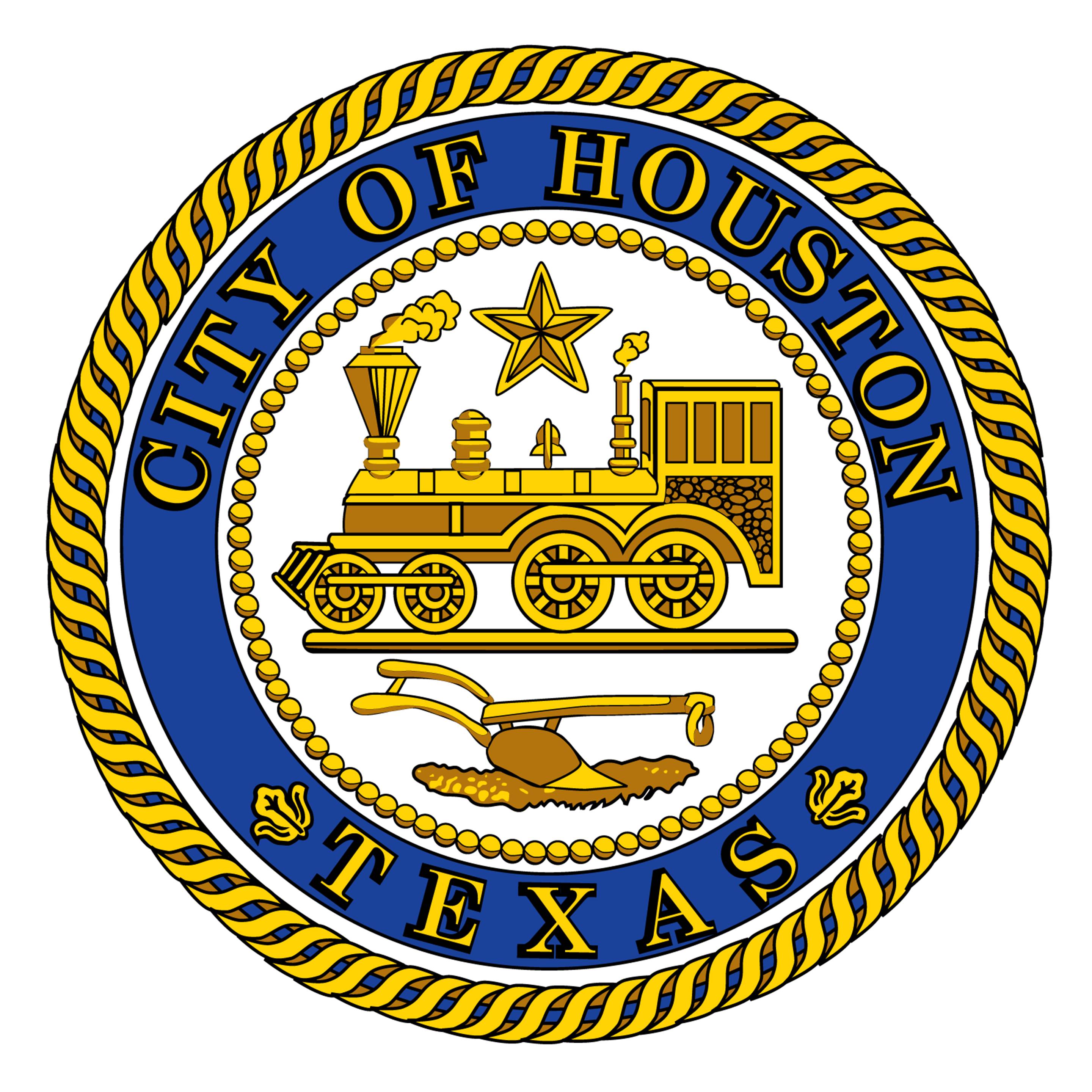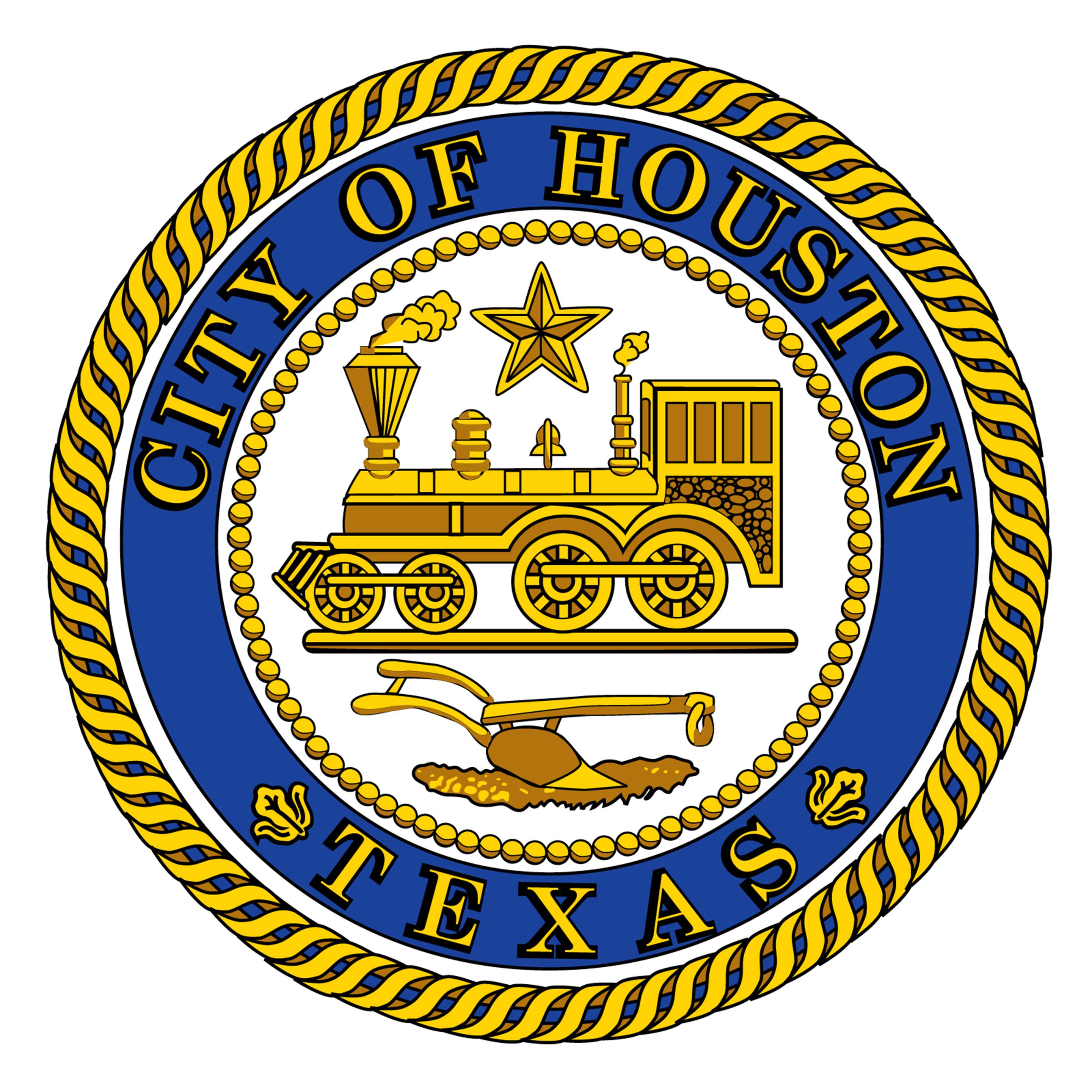
Houston 2020 Visions
Program Partners






Funding Provided By




Harvey and the Aftermath
On August 25, 2017, Hurricane Harvey made landfall as a Category 4 storm near the City of Rockport on the Texas coast. The storm moved up the coastline, causing severe damage from its deadly winds and flooding, and made landfall again in Houston on August 26. Although Harvey had weakened to a tropical storm, the storm dumped record amounts of rain across the entire Houston area – 1 trillion gallons over four days in Harris County, with an average rainfall rate of 33.7 inches over four days. Thirteen of Harris County’s 22 watersheds reached record levels. Harvey’s rainfall set a new record for the most ever from a tropical cyclone in the continental United States.
The impact cannot be overstated: Harvey was the largest natural disaster in the State of Texas, and one of the costliest and most destructive in U.S. history. Harvey’s floods left behind thousands of damaged homes and displaced Houstonians. Nearly 20 percent of Harris County households experienced structural damage to their homes. People lost homes, cars, and irreplaceable belongings. Many also lost jobs or income as a result of the storm. In addition to the quantifiable damage, Harvey also caused negative health impacts for area residents and left a long-lasting trauma for many survivors.
Harvey also threw into sharp relief many of the long-term challenges that the Houston region faces, which can be intensified by natural disasters. City of Houston data estimates that up to 345,000 housing units in the city were damaged by Harvey. The Kinder Institute noted that Harvey-related damage to Houston’s “naturally occurring affordable housing stock” exacerbated the existing affordable housing shortage. Harvey also highlighted the city’s challenge of responding to an emergency event when local streets – designed to serve as a secondary drainage system in the event of a major storm – were impassable during the storm. Major highways were also flooded and some remained unusable for weeks after the storm passed. The environmental impact of Harvey was also severe – the flooding caused hazardous spills and toxic releases that negatively impacted water and air quality and created major public health concerns.
In the immediate aftermath, the city was focused on emergency response – clearing the roads, managing safe evacuations, operating shelters for flood victims. Now, Houston is starting down the long road to recovery, anticipating federal and state funding to repair and rebuild. Long-term thinking and inclusive planning have never been more important for the city’s future. One point has resonated in the conversations about recovery: Houston must begin to do things differently if we want a better future. But how? Houston is renowned for its great feats of innovative engineering, from the dredging of the Ship Channel to the building of the Eighth Wonder of the World, the Astrodome. Although Houston has a reputation for unplanned and unconstrained growth, Harvey was a true wake up call. How can we design a better, more resilient future for Houston?




